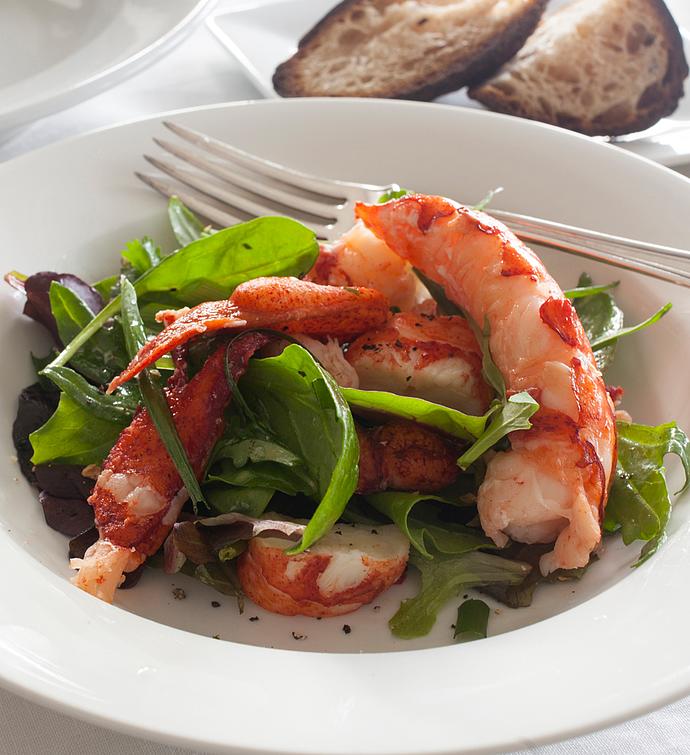Most Popular Fish Types
A few may be favorites, but you've likely never tried some of these delicious fish.
May 13, 2022
Your mother, helping you through your first breakup, informed you that there are always more fish in the sea. Mom was right both in terms of the dating market and the ocean. There are more than 34,000 species of fish swimming in the world's seas. Even looking at just the most popular types of fish to eat can be a little overwhelming.
Should you go with the cod or the haddock for your fish and chips? Which species of salmon is best for you? The answers to these questions often depend on your personal preference when it comes to seafood.
But with so many fish in the sea, there's definitely a type of fish out there that's perfect for you - not to mention a better boyfriend, but that's another story.
Here are some of the most popular fish to get you started.
Salmon
Biologists divide salmon broadly into Atlantic salmon and Pacific Salmon. There's just one species of Atlantic salmon, while Pacific salmon are divided into multiple species. Some of the most popular Pacific salmon include sockeye, rich in omega-3 fatty acids and king/chinook salmon, which are the largest salmon species. Chinook salmon's high protein and vitamin D content makes them ideal for filling weeknight meals. King salmon are best for grilling, roasting, or broiling.
Sockeye Salmon

King/Chinook Salmon
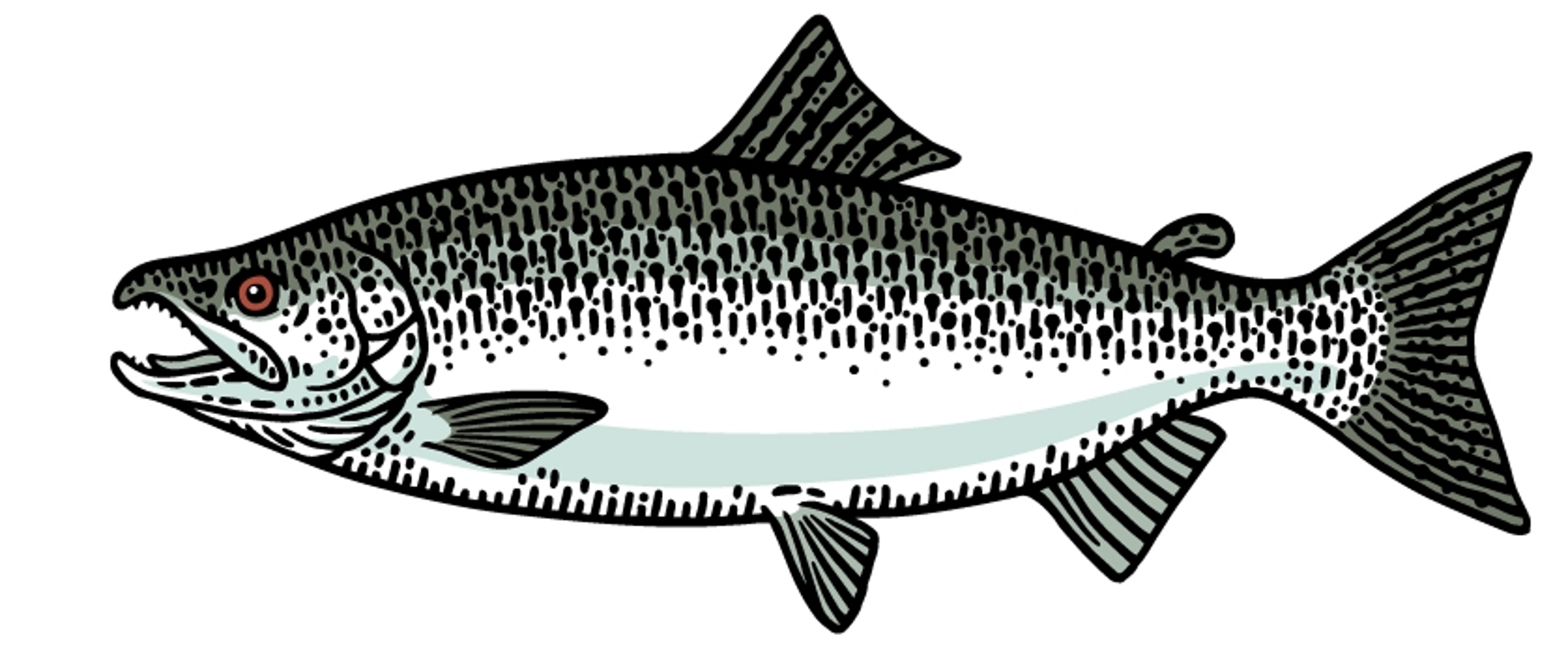
Coho Salmon
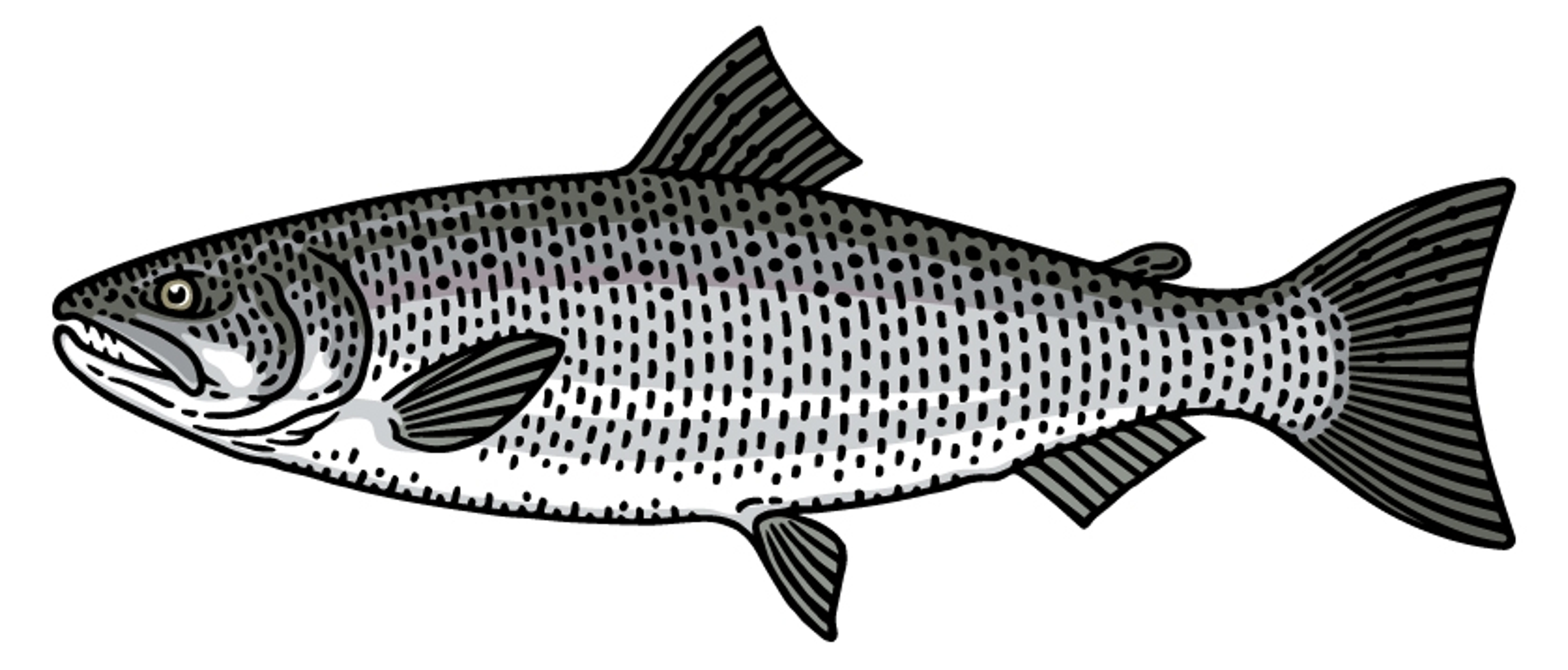
Pink/Humpback Salmon

Keta/Chum Salmon
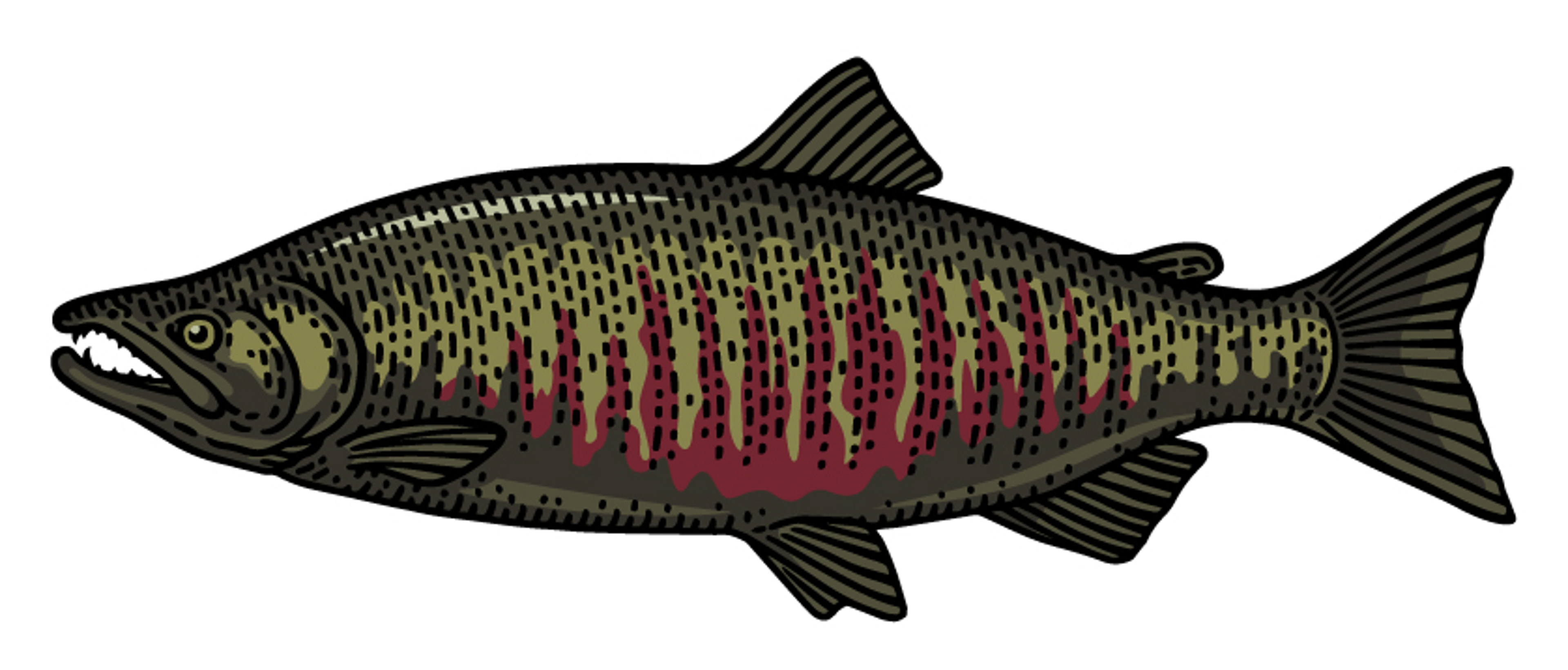
Other types of Pacific salmon include silver salmon, known for their lean bodies good for grilling, pink salmon, nicknamed “humpies" for the humps males grow when spawning, and keta salmon, which are the most widespread salmon species in nature and have a lean and mild flavor.
Most salmon species make long migrations from the rivers where they're born to the ocean and then back again to spawn during the course of their lifetimes. In doing so, they make the best of both worlds. They are safer in rivers where predators are rare. But in the ocean salmon grow and eat a diet including krill, squid and smaller fish that makes them such a nutrient-packed meal. No matter the species, salmon have lots of omega-3 fatty acids, as well as other nutrients like vitamin D, B vitamins, iodine and selenium.
Halibut
Halibut is the common name for three different kinds of flatfish found in the ocean. The name combines the words haly (holy) and butte (flat fish). It comes from halibut's popularity among Catholics on holy days.

Halibut are also a popular sport fish for anglers, as well as seafood lovers. Halibut has a dense and firm texture, which is perfect for grilling.
Tuna
The open-ocean-dwelling tuna are some of the fastest species of fish. Yellowfin tuna are estimated to swim as fast as 47 miles per hour. There are several species of tuna. Some of the most popular types to eat are albacore and ahi, which is another name for yellowfin tuna.

Tuna meat is lean, and you'll often see cuts of tuna referred to as “steak." That's an indication of both its quality and heft.
Albacore tuna have relatively more omega-3s than other kinds of tuna. Ahi is ideal for sushi and the thin-sliced Japanese delicacy known as sashimi. Try tuna in a poke bowl. This Hawaiian dish features marinated raw fish over vegetables and rice, for a special treat.
Cod
One of the most popular species for the British mainstay fish and chips, cod has mild flavor and dense flaky flesh. These fish prefer deeper, colder water, and they live in both the Atlantic and Pacific Oceans. Cod have been fished for centuries in Europe, especially in Norway and Portugal.
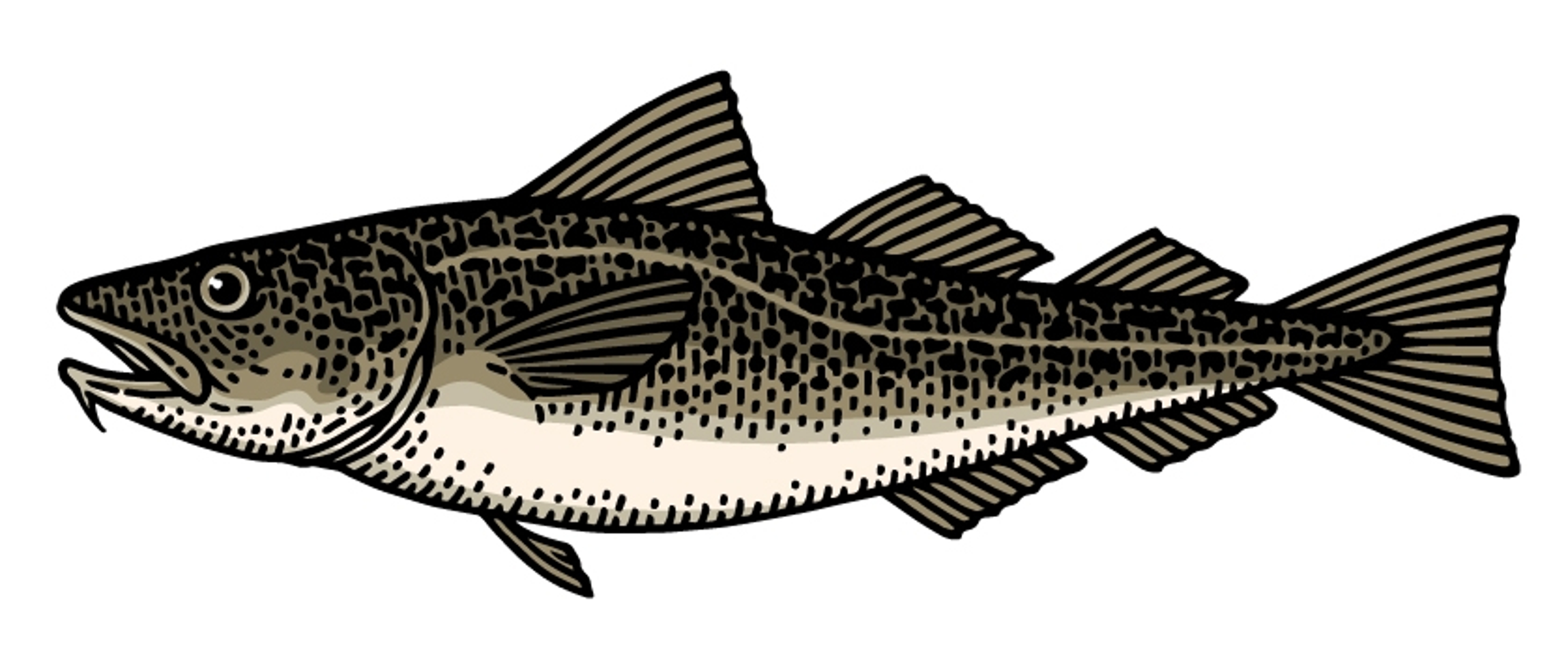
Cod enjoy a varied diet that includes haddock, squid, crabs, mussels, mollusks, and more. The popular fish contain nutrients including vitamin A, vitamin E, vitamin D, and omega-3 fatty acids. Their livers are often processed to make cod liver oil, a nutritional supplement.
Sea Bass
Sea bass is a common name for a number of species of fish all around the world. But one of the most sought-after by seafood lovers is Chilean Sea Bass, also sometimes called Patagonian toothfish. Chilean Sea Bass have a rich, buttery flavor and tender flesh with large flakes. Try them with butter, rosemary, and cherry tomatoes for a special treat. Or pan-sear them (with the skin on!) for a quick, simple meal.
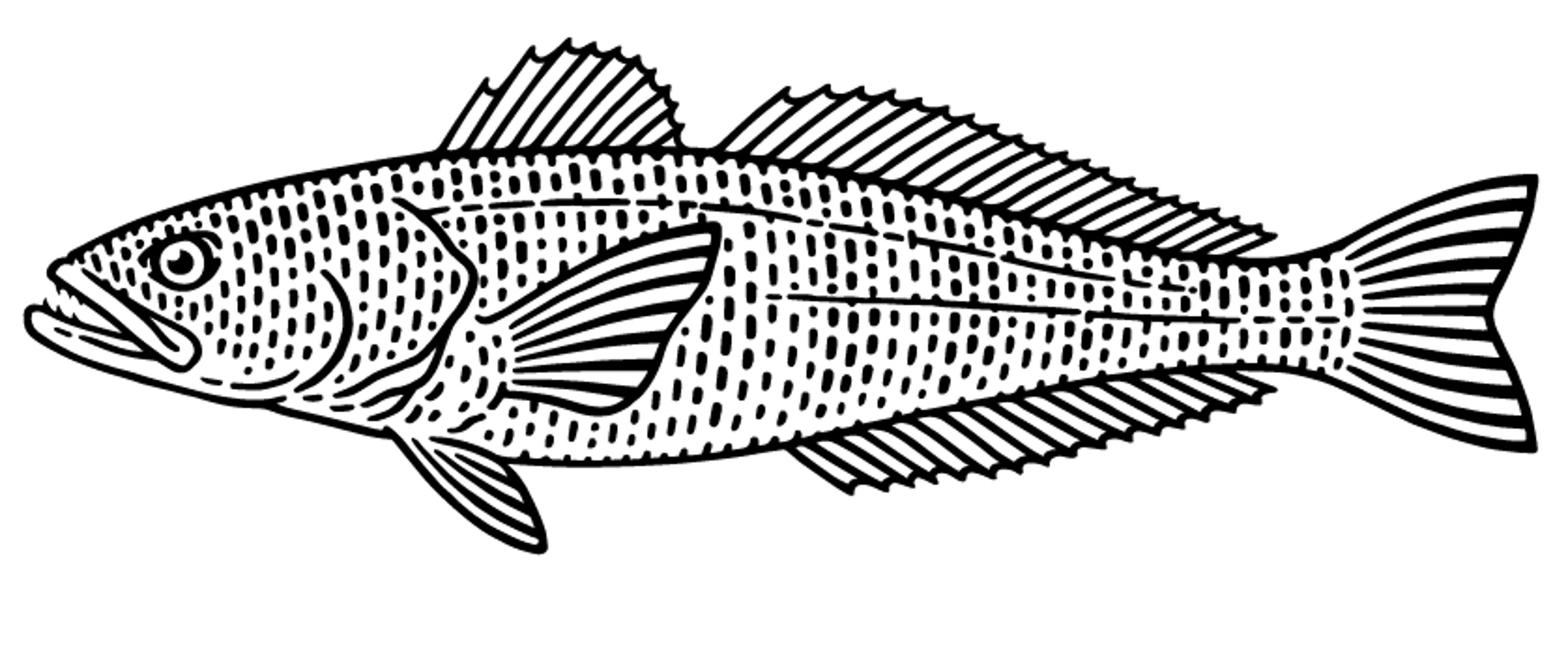
These fish can grow more than seven feet long and weigh more than 300 pounds. They live in far southern waters near the tip of South America and around Antarctica. Chilean Sea Bass spend much of their adult lives deep under the sea, often several thousand feet or more. As they get bigger, their diets expand in diversity to include larger fish, crustaceans, and even squid.
Mahi Mahi
Though Mahi Mahi are sometimes called dolphinfish, they bear no relation to the oceanic mammals. But Mahi Mahi make for a striking catch nonetheless, with glinting golden bodies and swathes of bright blue and green near their heads. They can be found in warmer waters around the world, including Hawaii, the Gulf of Mexico, and the Indian Ocean.
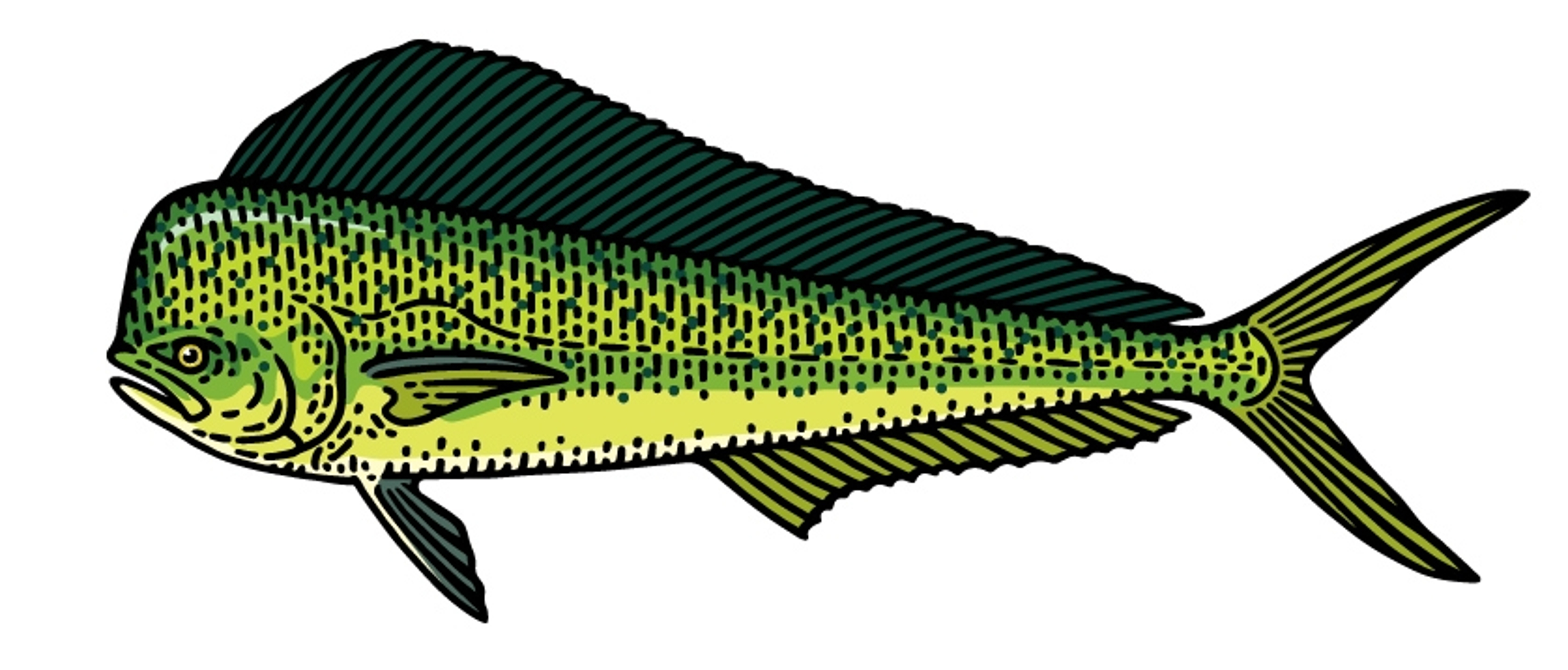
These fish, whose name means “very strong" in Hawaiian, grow to about three feet long and around 30 pounds. Males can be distinguished by their prominent bulging foreheads. Mahi Mahi have a mild flavor with moderately firm meat. Cook with a simple lemon garlic sauce or throw together some quick Mahi Mahi fish tacos for an easy meal.
Sablefish
Sablefish are a true delicacy and one of the most prized fish among seafood lovers. They boast an intense flavor paired with a rich, velvety texture that delivers a luxurious experience unlike that of any other fish. Sablefish are right up there with salmon when it comes to omega-3 content, delivering more than 1,000 milligrams of the fatty acids per cooked four-ounce serving.
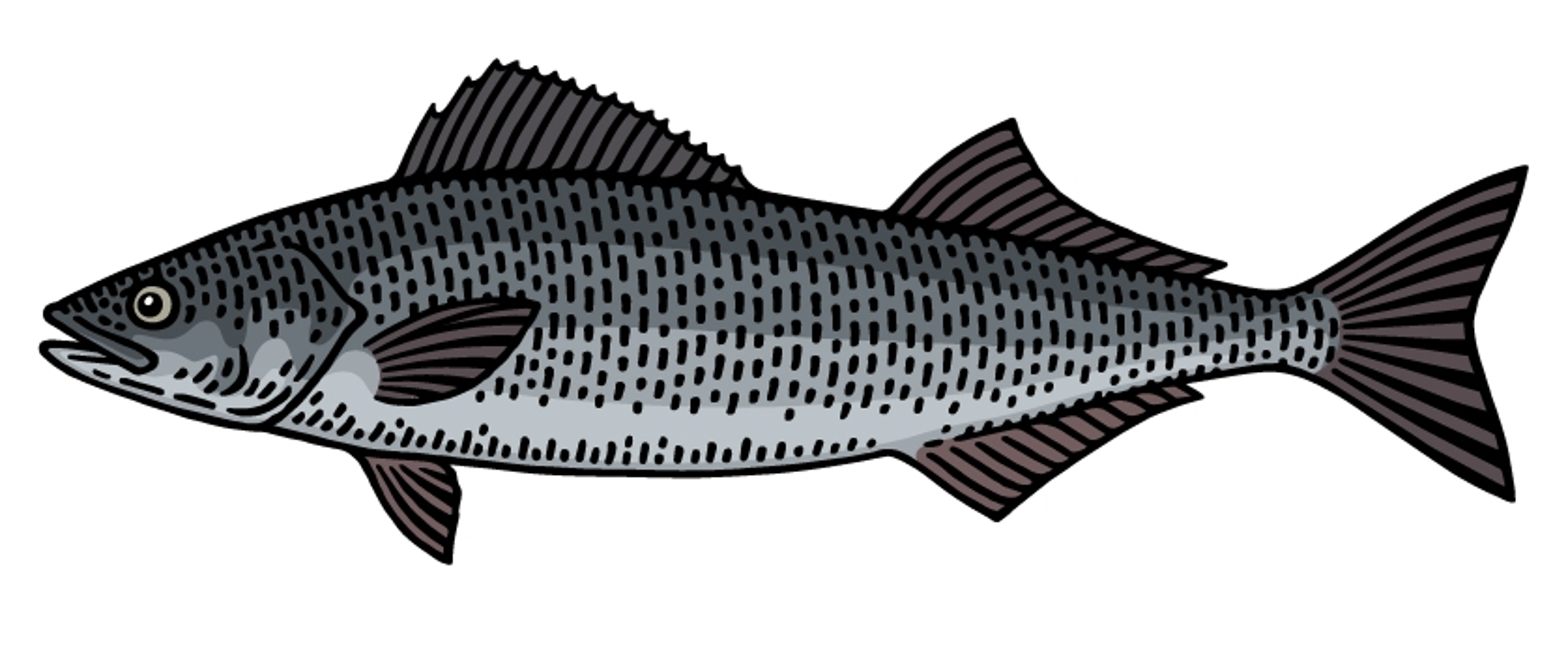
Also known as black cod or butterfish, sablefish live in the deep water of the northern Pacific. They can live for more than 90 years. Sablefish aren't typically tied to any one location, covering hundreds, or even thousands of miles as they look for food.
Sear or sauté sablefish for a quick meal, relying on its high fat content to prevent overcooking. Or pair it with bold spices and seasonings. Its rich flavors will pair well with stronger seasonings.
Lingcod
Despite the name, lingcod are not related to cod at all, and actually constitute their own genus of fish. These large fish live along the western coast of North America. They eat salmon, cod, and octopus, among other species. Males typically guard their nests of young for eight to 10 weeks. Females stay only long enough to deposit eggs.

Lingcod are distinctive, with broad pectoral fins and large heads and mouths. They are lean and mild when eaten, perfect for pan-frying, and their meat is relatively high in omega-3s.
Haddock
Haddock are members of the cod family and, like their relatives, are also commonly found in British fish and chips. Their flesh is firm and moist, and slightly sweeter than cod. That sweetness makes haddock ideal for smoking, as well.

Haddock live in colder, deeper waters. They can be distinguished by the prominent “thumbprint" mark that sits above their pectoral fins.
Each fish has something to offer the seafood lover. So if you find yourself eating the same species over and over, don't be afraid to experiment. We can all be grateful there are indeed plenty of fish in the sea!


